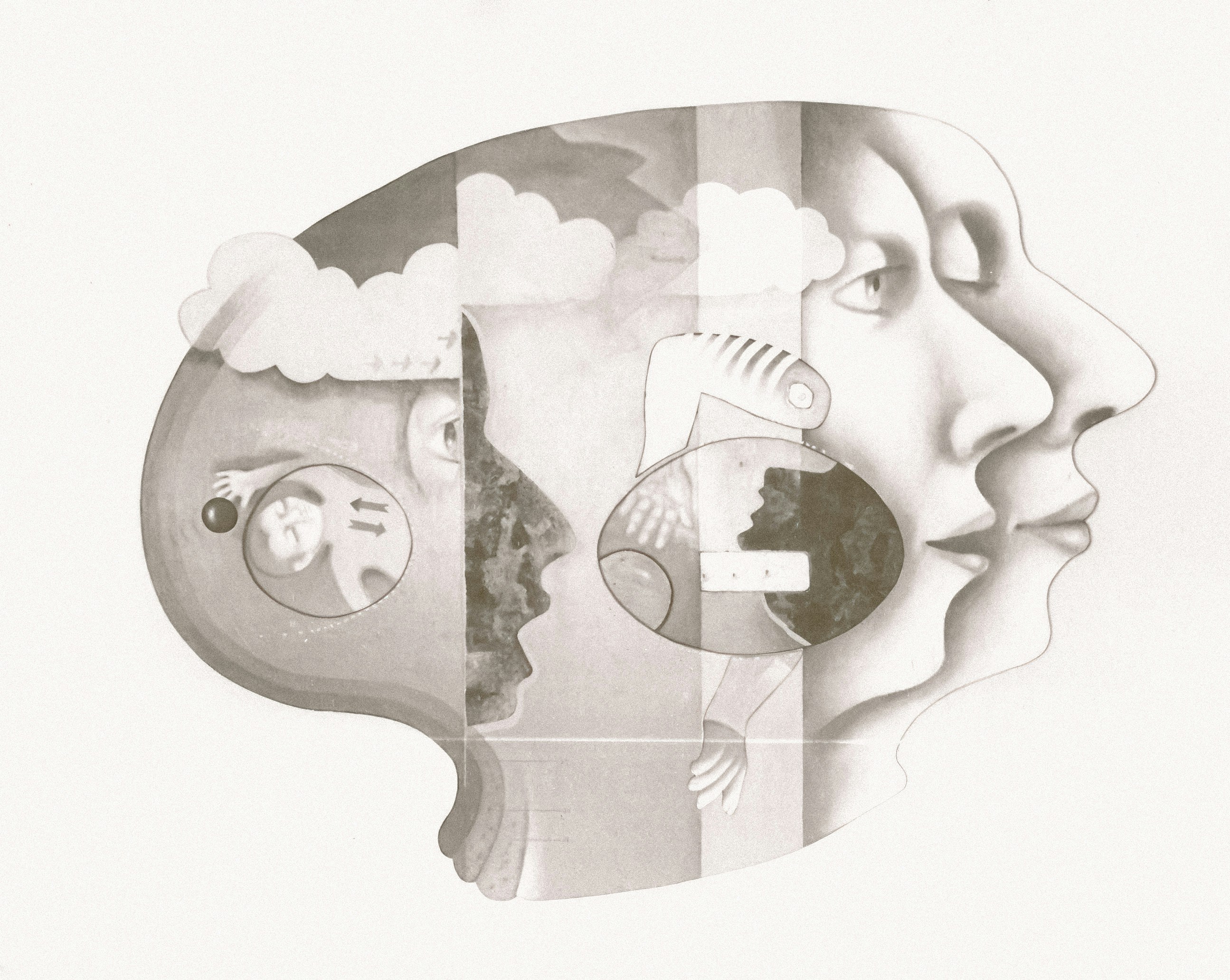
The Rise of Emotionally Intelligent AI: Engage with Tech Like Never Before
As technology rapidly evolves, we're on the brink of a new era where our interactions with machines transcend the mundane, delving into the rich labyrinth of human emotions. Emotionally intelligent AI isn't just a buzzword—it's a significant shift in how we work, communicate, and connect. Imagine a world where AI understands not just our commands but also our feelings, leading to better experiences and deeper connections. This article explores the burgeoning field of emotionally intelligent AI and its implications for our daily lives and industries.
In This Article
- Understanding Emotionally Intelligent AI
- The Science Behind Emotion Recognition
- Applications of Emotionally Intelligent AI
- Enhancing Customer Service
- Revolutionizing Education
- Transforming Social Interactions
- The Ethical Considerations
- The Potential Challenges
- Future Prospects
- Next Steps for Embracing Emotionally Intelligent AI
- Final Thoughts
Understanding Emotionally Intelligent AI
At its core, emotionally intelligent AI (EIAI) refers to systems designed to perceive, interpret, and respond to human emotions. These systems utilize advanced algorithms, machine learning, and natural language processing to analyze various data points—from facial expressions to voice tones—to gauge emotional states accurately. As a result, EIAI can tailor interactions and responses that resonate deeply with users, leading to improved experiences across different applications.
One of the earliest examples of EIAI is found in virtual therapy assistants. These AI-based tools not only provide information but also respond to emotional cues, offering support that feels more human and engaging. Such advancements are revolutionizing mental health care, enabling services to reach individuals who might be hesitant to seek traditional therapy. For instance, an innovative approach in therapy has been highlighted by augmented reality applications that provide immersive environments for therapeutic sessions, enhancing emotional connections and outcomes.
The Science Behind Emotion Recognition
The backbone of EIAI is a combination of psychology, neuroscience, and advanced technology. Machine learning algorithms are trained using large datasets that encompass human emotional expressions and responses. These datasets include thousands of labeled images and videos, representing diverse cultures and emotions, to enhance the AI's accuracy across varied contexts.
Facial recognition technology is one of the most visible aspects of this science. AI systems can analyze facial movements to interpret emotions like happiness, sadness, anger, and surprise. In the workplace, companies are beginning to implement tools that gauge employee mood and morale, striving for a holistic approach to employee well-being. By using these insights, businesses can enhance productivity and address mental health issues before they escalate, as evidenced by studies highlighted in sources such as Harvard Business Review.
Applications of Emotionally Intelligent AI
Enhancing Customer Service
Customer service is undergoing a transformation thanks to emotionally intelligent AI. Chatbots equipped with emotion recognition can modify their responses based on customer sentiments. Instead of the typical scripted approach, these bots can express empathy, suggest solutions, and engage users in a way that feels authentic and supportive. One outstanding example of this is in the realm of online support, where empathy bots are reshaping customer interactions and boosting satisfaction ratings.
Revolutionizing Education
The education sector also stands to benefit immensely from emotionally intelligent AI. Imagine a classroom where learning experiences are customized based on student emotions. AI systems can detect when a student is frustrated or confused, adjusting content delivery in real time to better suit their emotional state. This creates an environment conducive to learning and encourages deeper engagement with the material, enhancing overall educational outcomes.
Transforming Social Interactions
On social media platforms, emotionally intelligent AI algorithms analyze user-generated content to provide insights on sentiment trends. This capability allows for targeted content delivery, enhancing user experience and community engagement. As platforms evolve, the importance of emotional intelligence will become pivotal in fostering authentic interactions, driving both user retention and satisfaction.
The Ethical Considerations
With great power comes great responsibility. The rise of emotionally intelligent AI brings forth critical ethical questions. How do we ensure that these systems are used for good, protecting individuals' privacy and data security? Companies must establish frameworks that safeguard against the misuse of emotion recognition technology, particularly in instances of manipulation or misrepresentation.
Furthermore, as AI begins to balance power dynamics in relationships—be it in customer service, education, or social media—the importance of transparency cannot be understated. Users should be made aware of when they are interacting with EIAI systems and how their data is being used to shape these interactions.
The Potential Challenges
Despite the excitement surrounding the rise of emotionally intelligent AI, there are challenges on the horizon. The technology is still in its infancy, and achieving a high level of accuracy in emotion recognition remains an aspiration rather than a definitive reality. Misinterpretations can lead to inappropriate responses, potentially harming user experience or revealing underlying biases in data. To overcome these challenges, continual refinement and investment in research are crucial.
Additionally, AI needs to strike a balance between understanding emotions and respecting human dignity. Users must not feel like their emotions are continually monitored without their consent, reinforcing the need for privacy-centric practices.
Future Prospects
The horizon for emotionally intelligent AI is packed with opportunities. Future enhancements may include integrating wearable technology to gauge biometric data, further refining the AI's emotional assessment capabilities. This could lead to a landscape where emotional well-being is not only recognized but effectively managed through technology, creating a more harmonious human-tech interaction.
Imagine using wearables that communicate non-invasively with EIAI systems, providing users with real-time feedback on their emotional health. This synergy could enhance personal growth and wellness journeys, fostering an integrated approach to mental health management.
Next Steps for Embracing Emotionally Intelligent AI
The journey into the realm of emotionally intelligent AI begins with understanding its potential and implications. Here are some steps you can take to harness this technology in a meaningful way:
-
Stay Informed: Keep abreast of developments in EIAI technologies across various sectors. Organizations like MIT Technology Review are excellent resources for the latest trends.
-
Explore Use Cases: Familiarize yourself with EIAI applications tailored to your industry. Whether you're in healthcare, education, or customer service, analyze how EIAI can enhance operations.
-
Advocate for Ethical Practices: Encourage your organization to develop ethical guidelines surrounding the use of emotionally intelligent AI. Ensure practices prioritize transparency and user consent.
-
Engage with the Technology: If you're a consumer or a business leader, consider exploring tools that integrate EIAI features into your interactions. Understanding the technology firsthand will provide valuable insights into its impact and capabilities.
-
Foster Collaboration: Promote collaboration between AI developers, ethicists, and psychologists to ensure that future EIAI systems are grounded in sound emotional intelligence principles.
Final Thoughts
The rise of emotionally intelligent AI is not just a technological advancement; it's a profound shift in how we engage with machines and each other. As we navigate this brave new world of human-tech interactions, it’s crucial to approach developments with curiosity, caution, and ethical foresight. By embracing these systems, we can foster deeper connections, enhance our experiences, and create a future where emotional intelligence is at the heart of technology.
For those interested in diving deeper into related topics, consider exploring concepts like the significance of digital resilience and how it can play a role in emotional management, or the transformative nature of quantum computing in reshaping everyday life. The future is here, and it is emotionally intelligent.












